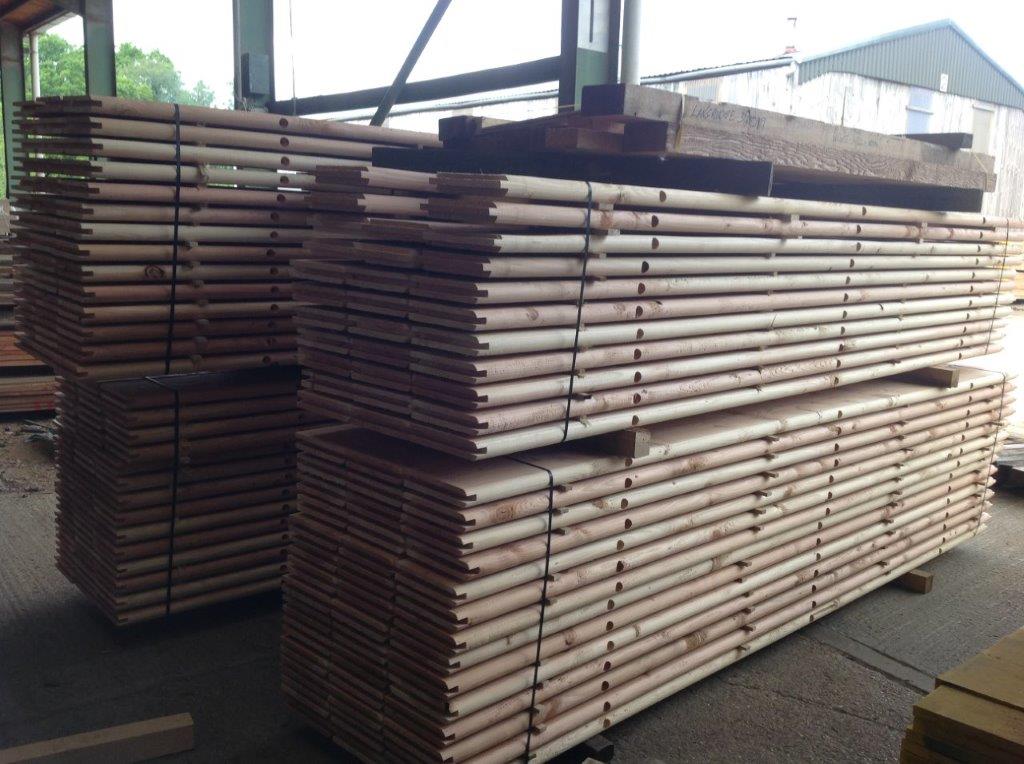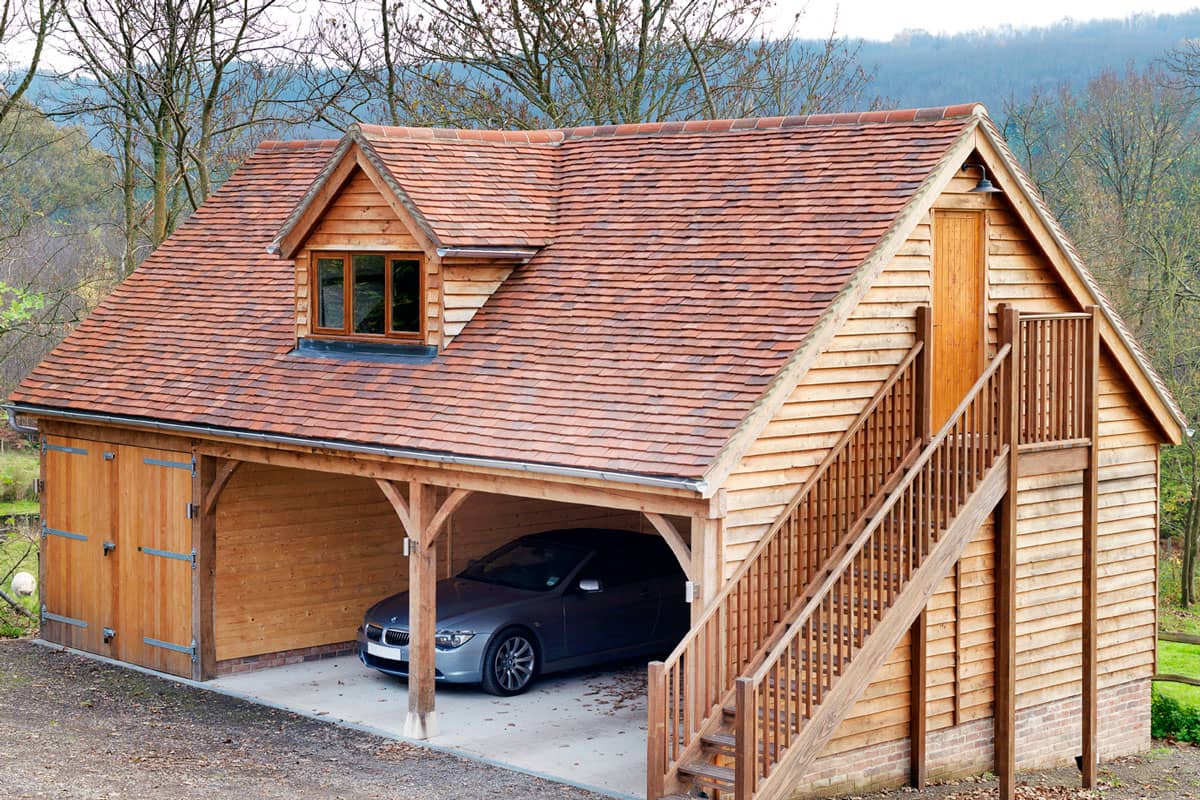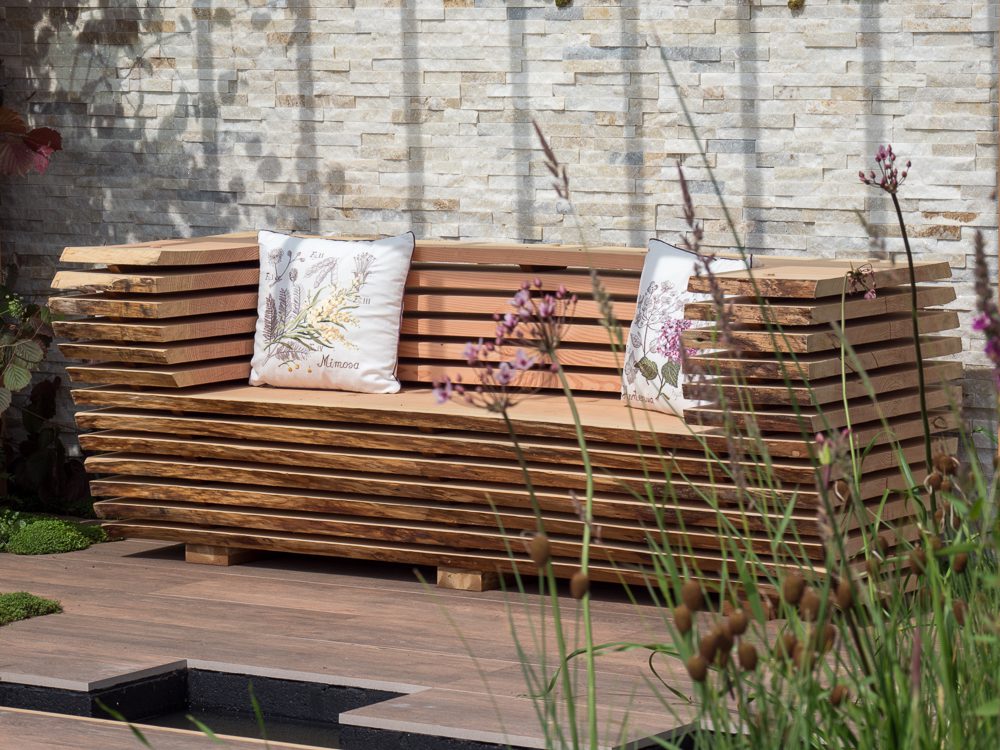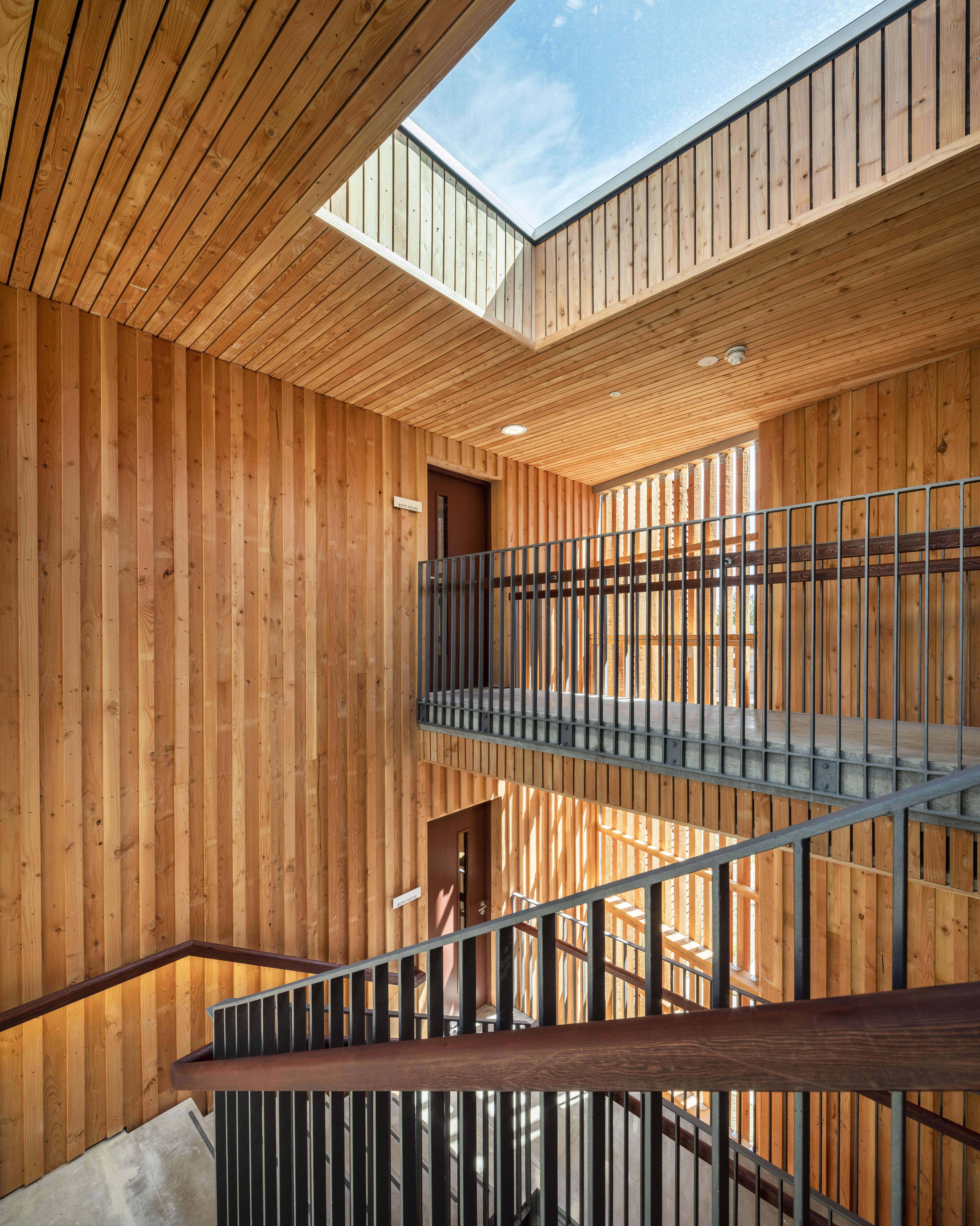The Douglas Fir is often associated with the gorgeous views of the British Columbia or west-coast of North America. But having thrived in the rainy UK, Douglas Fir provides far more than just beauty, having become extremely beneficial in the timber trade today.
Discover how Douglas Fir is most commonly used, where Douglas Fir grows best and the characteristics of Douglas Fir in this article.

Where does Douglas Fir grow best?
Douglas Fir [Pseudotsuga Menziesii] is originally native to North America. The original seed was brought over by David Douglas in 1827, and was first planted in Scotland. Today, Douglas Fir continues to thrive due to our higher rainfall averages creating the perfect environment. It is particularly thriving in the West coast of the country.
What is Douglas Fir most commonly used for?
In the UK, Douglas Fir is a very valuable softwood for all manner of applications, from external cladding to structural beam use, to wood and long flooring [Dinsen type]. Considering Cedar is becoming expensive and more difficult to source for cladding, Douglas Fir is becoming an excellent unsung hero alternative.
In the US and Canada, Douglas Fir can be bought in vertical gain timber boards, where stability and performance is key, particularly for certain door styles as an example.
What are the characteristics of Douglas Fir?
Home-grown Douglas Fir is very unique. Despite the higher knot ratio and faster growth generally than the original trees in British Columbia and Vancouver Oregon, it has a good durability rating, density and strength characteristics.
It is 60% stiffer than ordinary softwood pine and 40% harder in impact, plus 30% stiffer in bending.
Douglas Fir dries quite well and the shrinkage in the UK is approx 7/10% of the tangential width, approx 5% in thickness after drying its approx 530kgm3 at approx 12% M/C.
Douglas Fir trees can grow large, with diameters seen at over 2.00m. It’s a salmon pink heartwood with a bark which is very resistant to burning, hence why some of these giants have lived for over 1000 years.
Douglas Fir is also a cone bearer and is monoecious, providing both male and female cones. The seeds are exposed, unlike hardwoods where the seed is encapsulated by flesh.
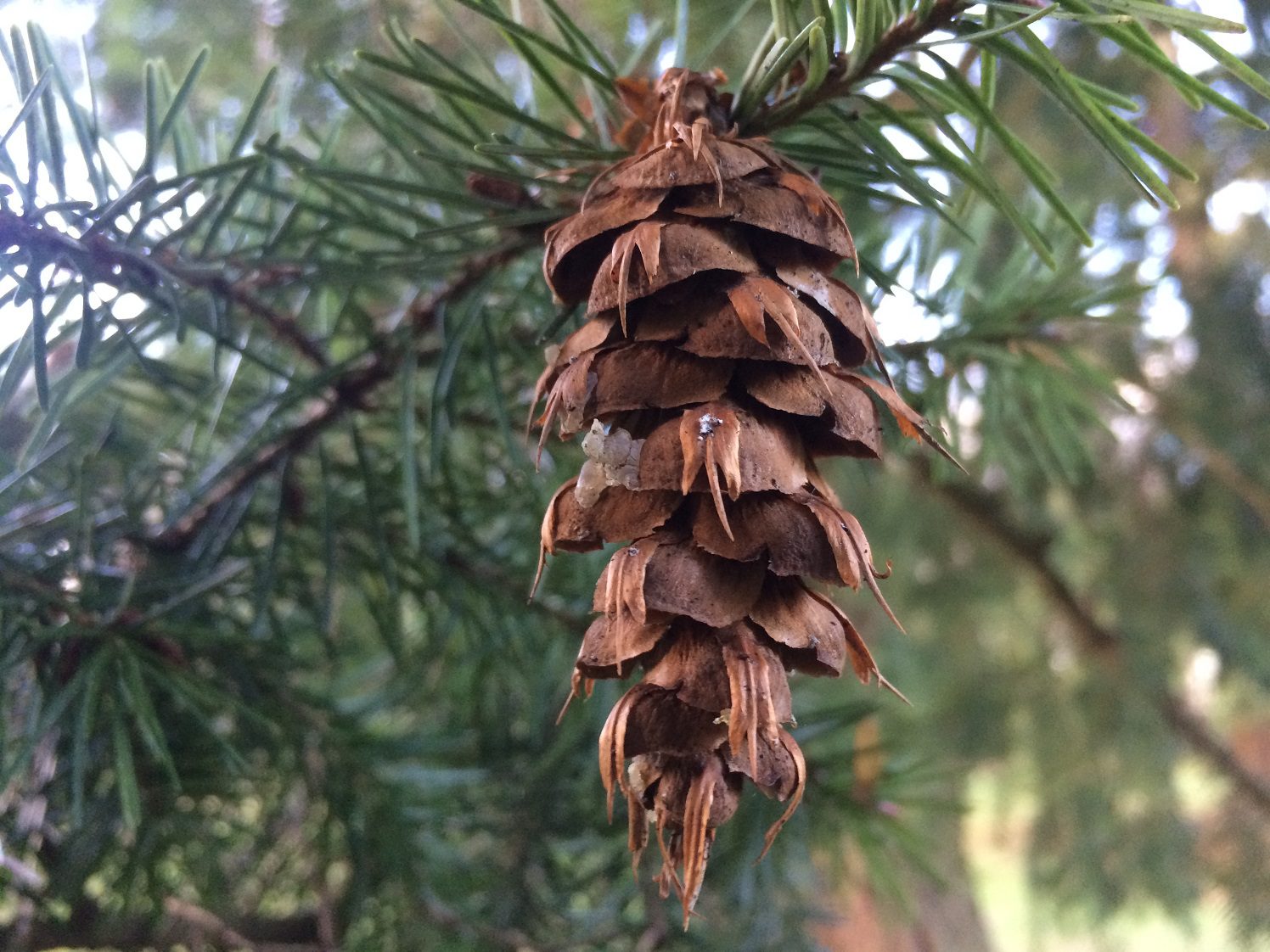
Cladding Projects with Douglas Fir
Like the look of the gorgeous Douglas Fir cladding? Get in touch to arrange your next project with WL West & Sons. We work on various projects, both domestic and business, and look forward to helping you with yours. Check out the Churchill College at Cambridge project for more Douglas Fir Cladding inspiration.
WL West & Sons Ltd is a timber merchant and sawmill business with 150 years of experience. We provide a wide range of air-dried oak and kiln-dried oak timber products and supplies. We also build and install custom projects for our customers.
Our wood products, building materials and certified wood are manufactured and sold with the endorsement of forest certification and the Forest Stewardship Council FSC
For more news, tips and updates, follow us on Facebook, Twitter, or Instagram.
For entirely finished products, timber supplies or woodworking tools, have a look at our Retail Shop.

